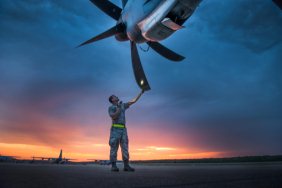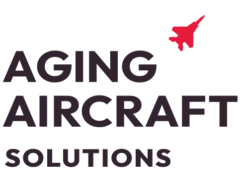
Understanding Aircraft Condition
Our innovative minimally-invasive Aircraft Condition Assessment (ACA) process is focused on quickly, accurately and cost effectively assessing the condition of commercial or military aircraft. Our process uses a combination of maintenance data analysis and remote visual aircraft inspection tools & techniques to inspect the major aircraft structures and is designed specifically to minimize aircraft downtime and preparation.
We are able to provide Remote Visual Inspection (RVI) and quantitative inspection techniques, such as Non-Destructive Inspection (NDI/NDT), to measure the severity of defects found in order to give customers actionable information with which to make effective engineering dispositions and/or procurement or sourcing decisions.
Applications include:
- Pre-Induction Inspections (PII) for depot maintenance
- Aircraft regeneration tail number selection
- FMS sale tail number selection
- Pre-purchase inspection
- Fleet baseline
- Corrosion inspections
- Configuration audits
- Service bulletins and airworthiness directive compliance
In today’s world, legacy aircraft and aging airframes are more and more common, and the need for accurate assessment of aircraft condition and history to ensure airworthiness has never been greater. Commercial and military aircraft fleets are getting older and are able to provide economic service longer than ever before. The time for understanding and confirming the condition of an aircraft is before a safety incident occurs and before an aircraft is purchased or leased.
We have extensive experience assessing C-130 (and L-100) aircraft for commercial and DoD customers. Our aircraft inspection services are highly mature and flexible to our customer’s requirements. Our inspectors are C-130 qualified technicians with DoD field and depot maintenance experience.
Please contact us if you have a need to quickly and effectively understand the condition of your airframes to reduce risk and adopt a proactive posture.
Our Services
- Natural Language Processing Applications
- Databricks Technology Services
- Manufacturing & MRO Simulations
- Aerospace Logistics Analysis Services
- Aerospace Data Science & Analytics
- Research & Development Services
- Aerospace Reliability Engineering
- Aircraft Condition Assessments
- Logistics & Technical Data Support
- Component & Product Reliability Engineering
Contact
64 Green Street
Warner Robins, GA
1-478-225-4044
info@AgingAircraft.aero
